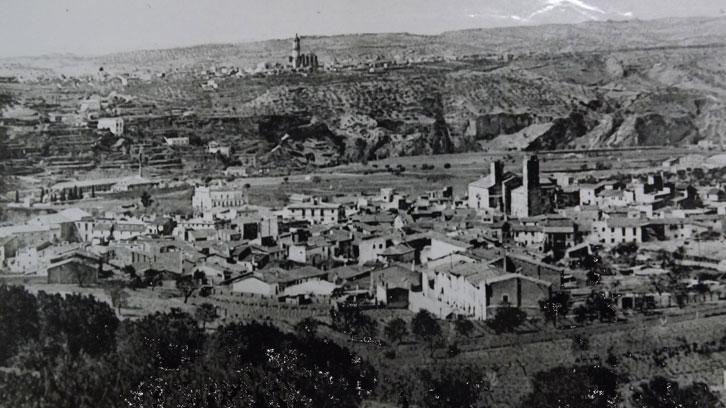Historical migrations in Olesa de Montserrat, 1581-1930

This PhD thesis is a study in historical demography focusing on municipality-scale migratory movements over three and a half centuries. This timeframe has been analysed both diachronically and synchronically by extracting the names of the men and women who have lived in Olesa: over 100,000 people of whom 12,589 are identified as emigrants and 13,510 as immigrants.
This process allows us to retrace the life stories of persons with real names and surnames, reconstruct their movements, and so draw conclusions about their distinguishing features, the life of the community and migration as a phenomenon. These life stories reveal, on the one hand, these people's capacity for moving from one place to another and for changing their occupation or civil status and, on the other, the variations in types of families and communal living, etc.
The first aim of this research was to identify, as accurately as possible and based on demographic principles, the changes and continuities in the movements of the Olesa population in the transition from the old demographic regime to the new one. The second aim was to observe the beginning of development and the determining factors in the move from an agrarian society to an industrial society, analysing migrations as one of the key phenomena in the process of industrialization and modernization. Many studies on population movements have used the compensatory equation to calculate migratory balances, often with stocks, but the extraction of names made it possible to verify the results, once the information had been corrected and refined.
Changes can be seen to take place as time goes by and Olesa is clearly shown to move from being a town that attracts immigration to one that sends out emigrants and then back again to receiving immigrants. Population movements have affected the demographic dynamics and structure as, from their origins to well into the 19th century, they involve short and medium distances, generally men and generally individuals with qualifications, and from the mid-19th century to 1930 they involve mainly women, often in family groups and without qualifications. These movements over short distances, at least up to the mid-19th century, can be attributed to marriages and the circulation of the workforce.
On the other hand, from the second half of the 19th century onward there is a radical change, due to industrialization and, subsequently, to the grape phylloxera, with the arrival of people from other regions in the Iberian Peninsula, mostly families. These migrants tend to follow certain routes: coming from the countryside and the mountains, even from beyond the Pyrenees or the Ebro basin, heading for the coast and passing through Olesa, where they stay for a time or definitively; or from the northern "Catalunya Nova" region, or further south, and overseas, heading for the towns around Barcelona, and arriving at Olesa, whether to stay temporarily or definitively. At the turn of the 20th century these routes often take them previously through other industrial towns like Terrassa, Sabadell or Manresa, pointing to an interaction between the process of industrialization, literacy and migrations.
References
“Aproximació a l’estudi de les migracions històriques a escala municipal: Olesa de Montserrat, 1581-1930”, Carles Millàs i Castellví doctoral thesis, supervised by Joaquín Recaño Valverde and read at the Department of Geography.


